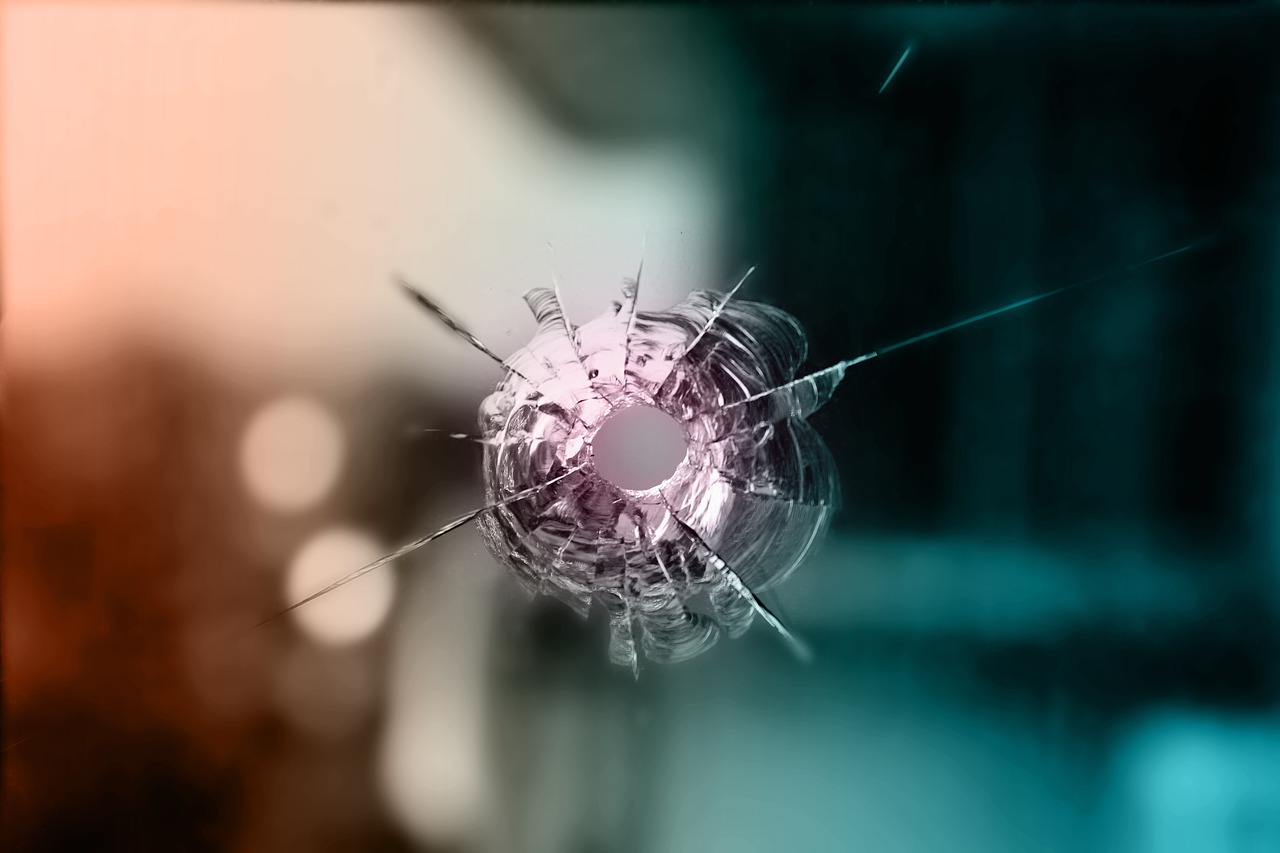The U.S. Naval Research Laboratory (NRL) continues to make remarkable breakthroughs in the development of bulletproof armor. This new transparent thermoplastic elastomer armor is actually a soft, rubber-like material. It is significantly lighter and maintains its clarity after being fired at better than traditional bulletproof glass without compromising its ballistic qualities. The most significant aspect of the discovery, however, is its ability to be “healed” on-the-go. When heated above 100 degrees Celsius using a hot plate similar to an iron, the material will melt and refuse. This enables repairs to be made quickly in the field.
A couple of years ago, Star Trek fans were excited to hear the NRL was developing a new material very similar to the “transparent aluminum” first proposed by Scotty in the 1986 movie, Star Trek IV: The Voyage Home. While this new aluminum armor wasn’t quite what Scotty had in mind (it’s not truly a transparent metallic aluminum, but rather a transparent aluminum-based ceramic), it’s pretty darn close.
Repairable Transparent Bulletproof Armor Vs. Traditional Bulletproof Glass
There are several advantages of transparent armor over traditional bulletproof glass.
- Flexibility: Polycarbonate can be manufactured into many shapes without cracking. However, transparent armor can be formed into virtually any shape, even a dome, without compromising its ballistic properties.
- Strength and Durability: Transparent aluminum armor withstands the elements much better than traditional bulletproof glass, which is worn away by blowing desert sand or shrapnel. Layering glass-clad polycarbonate offers higher levels of bullet resistance, as well as resilience to high-traffic areas and weather. Although, the trade-off for this strength is the material has poor light transmission.
- Visibility: Transparent armor deflects the same rounds from small-caliber weapons as traditional bulletproof glass. Still, it remains more clearly transparent even after being shot.
- Lightweight: Transparent armor can stop a .50-caliber armor-piercing bullet in half the distance of traditional bulletproof glass. It is also half the weight and thickness of traditional bulletproof armor. Lighter armor enables law enforcement and military to be more agile in extreme situations.
These new armor options are not currently developed for commercial applications. However, the list of potential usages keeps growing. It could end up being used for something as basic as a more durable cell phone screen or sand-resistant camera lens to complex applications like a protective window for the lasers on military imaging equipment.
Next Steps:
- Sign up for our newsletter to stay up-to-date with the latest industry news
- Follow us on Twitter, Facebook or LinkedIn
- Check out our recent blog post about today’s Police Body Armor



